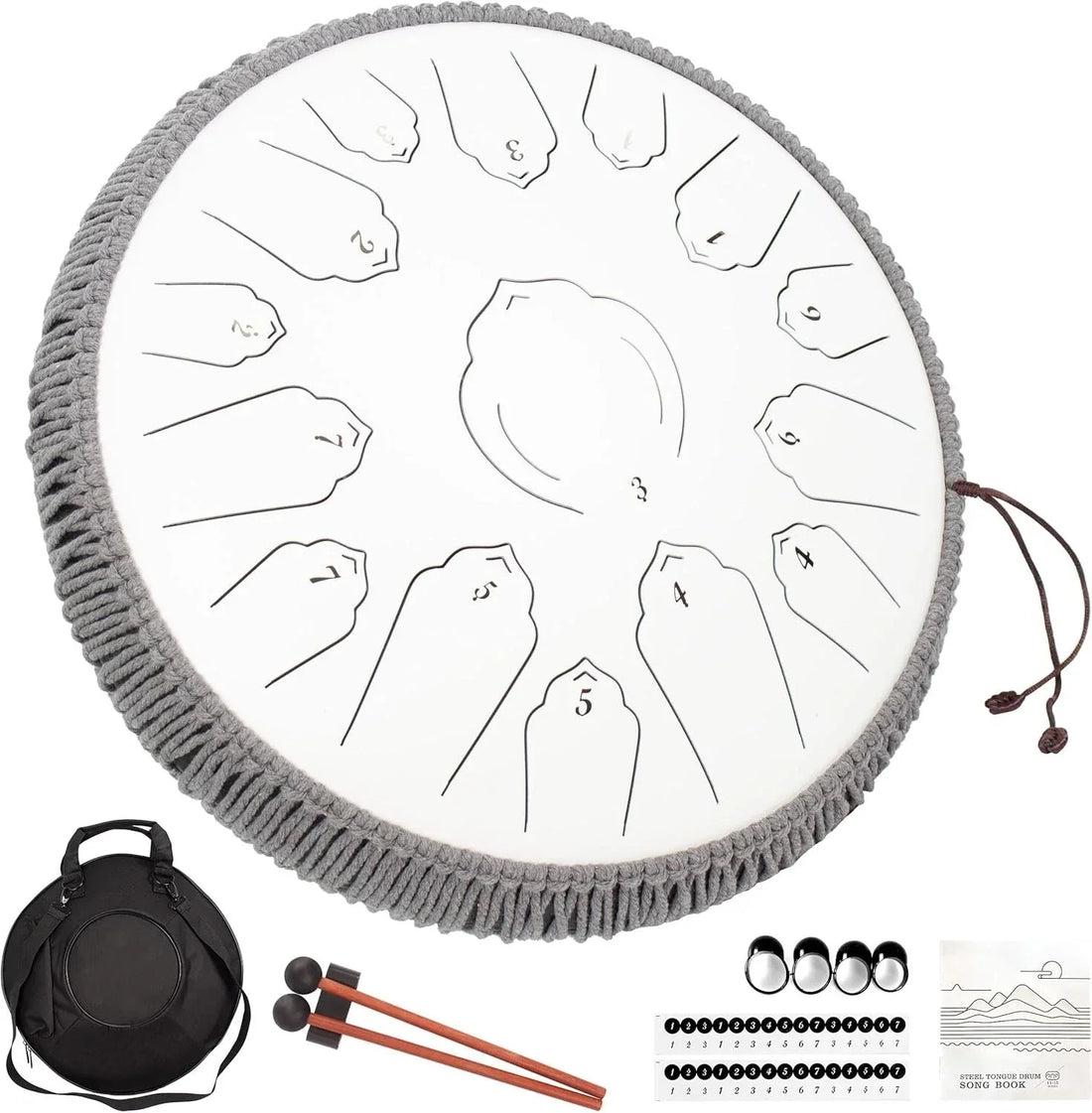How to Play a Steel Tongue Drum? A Complete Beginner's Tutorial and Fun Breakdown

Are you captivated by the ethereal, healing sound of a steel tongue drum but don't know how to start? Don't worry—this instrument is much simpler than it looks. It doesn't require complex music theory or years of hard practice. With just a few simple steps, you can create your own heavenly sounds.
This guide will take you from a complete beginner and teach you step-by-step how to play a steel tongue drum, while also revealing its unique sound dimension and endless fun.
3 Simple Steps to Play a Steel Tongue Drum
The best way to learn the steel tongue drum is to set aside all the rules and let your intuition guide you.
-
Pick Up the Mallets and Play Freely This is the most important step and the core charm of the steel tongue drum. Grab the mallets and gently and randomly strike each tongue. Don't worry about the order; just feel the sound each note makes. You'll be amazed to find that no matter how you hit them, they always sound harmonious and pleasant, because the steel tongue drum has no "wrong notes."
-
Find a Rhythm, Create a Melody Once you're familiar with the sound of each note, try to strike with a conscious rhythm. You can try a simple pattern, like hitting one note with your left hand and another with your right. You can also try starting with a low note and moving up to the higher notes to create a simple melody.
-
Close Your Eyes and Enter a State of Meditation When you're comfortable playing, try combining it with meditation. Find a quiet space, close your eyes, and let the pure notes carry away your scattered thoughts. Focus on the sound and vibration of each strike, and synchronize your breathing with the melody to feel an unprecedented sense of relaxation.
The Sound Dimension: Exploring the Infinite Possibilities of a Steel Tongue Drum
The sound of a steel tongue drum is not monotonous. You can explore its unique sound dimension using different techniques.
-
Varying Force: The force of your strike directly affects the volume and tone. A gentle tap creates an ethereal, sustained sound, while a stronger one produces a brighter, crisper sound. You can add layers to your music by controlling the force.
-
Striking Position: Striking different parts of a tongue creates subtle tonal variations. Hitting the center of the tongue produces the purest sound, while striking the edge results in a more percussive tone.
-
Hand Techniques: When you advance, you can try using your fingers to play. This method produces a much softer, warmer sound than mallets, making it perfect for more intimate, delicate improvisation.